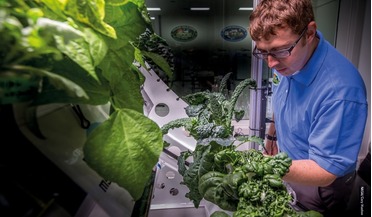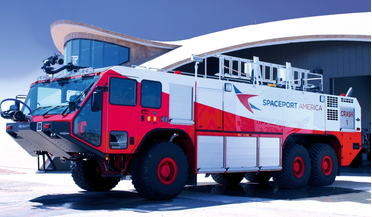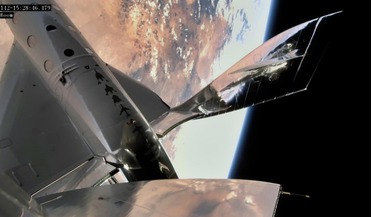 February 2023
How to grow plants in a spacecraft
February 2023
How to grow plants in a spacecraft
... three of these: nutrition, medical needs and crew psychology. NASA has identified five major hazards for human spaceflight. Nutrition The nutritional balance of food supplied for space missions must be perfectly adapted for a crew to sustain...
 December 2014
Asteroid Redirect Mission: preparing for Mars in deep space
December 2014
Asteroid Redirect Mission: preparing for Mars in deep space
... systems and capabilities toward the challenging goal of a crewed mission to Mars. In an early use of NASA’s next-generation human spaceflight vehicles, Orion and Space Launch System (SLS), our astronauts will travel to the redirected asteroid in the...
 August 2016
Long-term spaceflight and microbiological safety issues
August 2016
Long-term spaceflight and microbiological safety issues
... or space station presents optimal living conditions for humans, and is therefore even more comfortable for most... taken from the Space Station’s interior and equipment during spaceflight. It was proven that Penicillium crysogenum fungi were constantly...
 November 2021
Space launch emergency response
November 2021
Space launch emergency response
...pilot and seriously injuring the pilot. It was the first major in-flight failure of the burgeoning commercial human spaceflight industry, and it provided significant lessons for emergency medical response. After investigating the accident, the NTSB...
 24 May 2021
Virgin Galactic makes first flight to space from New Mexico
24 May 2021
Virgin Galactic makes first flight to space from New Mexico
... on a journey to create the world’s first commercial spaceport,’’ said Sir Richard Branson. ‘’Today, we launched the first human spaceflight from that very same place, marking an important milestone for both Virgin Galactic and New Mexico...
 March 2016
Resource Prospector – a Lunar Pathfinder
March 2016
Resource Prospector – a Lunar Pathfinder
... NASA carries four mission risk classification levels: A, B, C & D, wherein Class A is the least risk tolerant (expensive flagship or human spaceflight missions) and Class D is the most risk tolerant (smaller robotic missions). LCROSS and RP are both...